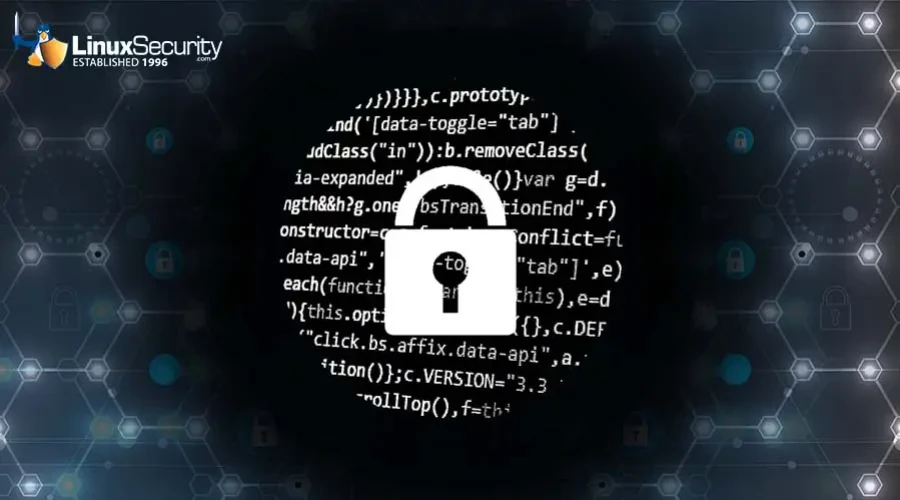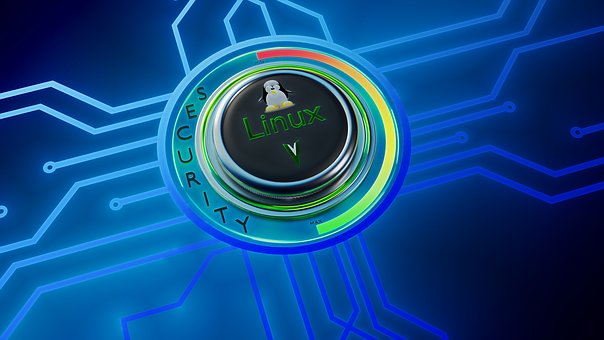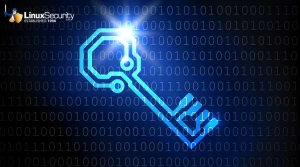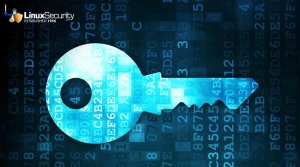Empowering MSPs with Straightforward Linux Device Management

Managed Service Providers (MSP) prioritize Linux device management in their core operation. Organizations have started to rely heavily on their Linux systems, so administering these devices appropriately is essential within an MSP. It must deliver efficient Linux device management that aligns with the client’s needs.
Linux MSPs must focus on efficient operations, robust endpoint protection, and Linux-based solutions that can expand the services offered within a cloud security framework. Such benefits can empower an MSP to meet and exceed client expectations by providing top-notch automation, enhanced data and network security, effective security patching, and comprehensive inventory management. This article will discuss how MSPs can help Linux users improve security posture and streamline operations.
What Linux Device Management Techniques Should I Use for MPSs?
MSPs help clients oversee their IT infrastructure so organizations can embrace their systems and master the essential tactics required to deliver effective, comprehensive services to a business. Let’s review the various aspects of MSPs that help cloud security frameworks thrive.
Automation and orchestration
- Efficient workflow: Streamline routine tasks such as system updates, backups, and general monitoring with automation tools that reduce the necessity for manual intervention. MSPs can deploy scripts that automate repetitive processes and enhance operational efficiency.
- Seamless operation: Manage complex workflows with orchestration tools that automate the provisioning of new resources, ensuring smooth client operations that do not experience delays.
Remote Troubleshooting and Diagnostics
- Instant remote access: Diagnose and troubleshoot network security issues using remote access tools. Such tactics can help security professionals formulate conclusions about client systems that can help determine the best resolution that minimizes downtime.
- Diagnostic tools Enable comprehensive MSPs to identify hardware and software problems, enabling them to develop timely, accurate solutions that reduce downtime and maintain client satisfaction.
Patch management and security
 Patches and vulnerability scanners: Keep systems up to date with the latest security patching updates, especially when managing different client IT infrastructures from one location. MSPs can rely on network security toolkits to schedule and automate Linux patch deployments, preventing emerging threats from causing damage.
Patches and vulnerability scanners: Keep systems up to date with the latest security patching updates, especially when managing different client IT infrastructures from one location. MSPs can rely on network security toolkits to schedule and automate Linux patch deployments, preventing emerging threats from causing damage.- Best practices for data and network security: Implement various best practices to protect your server from harm. Configure firewall rules, set up Linux intrusion detection systems, deploy antivirus solutions and maintain regular security assessments and cloud security audits to ensure you have robust endpoint security solutions in place.
Asset inventory management
- Asset discovery: Onboard client endpoints with asset discovery tools that make setting up Linux devices much easier while also allowing users to maintain a detailed inventory of client devices, including hardware specifications and software installations. Inventory is invaluable in managing licenses, tracking updates, and ensuring user compliance.
- License management: Ensure compliance and cost control with an efficient software license management that MSPs can track to prevent non-compliance network security issues.
How Can I Streamline MSP Operations with Linux?
MSPs have dynamic settings in which to work ever since Linux-based systems have become integral to the contemporary business landscape. Therefore, MSPs must optimize their operational processes to maintain a competitive edge when delivering exceptional services. Here are a few ways you can improve MSP management on Linux:
Enhance operational efficiency with Linux device management
- Resource allocation: Maintain optimal performance with MSPs that can efficiently allocate Linux environments to keep client systems responsive and efficient. This robust resource allocation and management service helps organizations continue to thrive.
- Scalability: Linux has scalability that allows MSPs to adapt to a client’s constantly changing needs. Whether a client's business grows or scales down, Linux-based systems adapt to such alterations to prevent significant disruptions and downtime.
- Scripting and automation: Efficient MSP operations rely on security automation, so Linux has a safe environment from which to script and automate routine tasks, including software updates, backups, and security checks.
Ensure comprehensive endpoint protection
- Security-centric distribution: Built-in Linux security features and network security toolkits can enhance endpoint protection. Fortify clients' systems with MSPs that use such distributions to combat cybersecurity vulnerabilities and other network security threats.
- Regular updates: Linux is well-known for its rapid response to cybersecurity vulnerabilities. Updating Linux systems regularly can prevent attacks in network security, as you can implement security patching once you notice issues within the server.
- Endpoint security solutions: MSPs integrate robust endpoint software within Linux environments to provide advanced protection against malware threats, ransomware, and other network security issues.
Expand service offerings with Linux-based solutions
- Cloud services: MSPs leverage Linux to provide clients with cloud security frameworks and services. Such solutions offer scalability, cost-effectiveness, and flexibility, keeping Linux a preferred business outlet.
- Open-source solutions: Linux is synonymous with open-source software. MSPs can fulfill client requirements with cost-effective and customizable open-source solutions, enhancing flexibility with efficient open-source technology.
- Containerization: Linux-based containerization platforms, such as Docker and Kubernetes, enable MSPs to offer containerized services to clients. Containers can reduce operational complexities while businesses manage applications in an efficient, portable, easy-to-use framework.
How Can MSPs Simplify Linux Management with ManageEngine Endpoint Central MSP?
 A comprehensive solution like ManageEngine Endpoint Central MSP can enable streamlined Linux device management for businesses. ManageEngine is available both as an on-premises and cloud-based solution. The service provides a holistic suite of network security toolkits that help manage all endpoints, including Linux devices. Endpoint Central MSP can empower clients to automate tasks, troubleshoot remotely, manage security patching, and maintain asset inventory. This software delivers top-tier Linux device management services efficiently and effectively since it is an all-in-one solution that equips MSPs to meet the evolving needs of their clients and thrive in the competitive MSP landscape. Endpoint Central MSP simplifies Linux device management, leading MSPs to success in managed services.
A comprehensive solution like ManageEngine Endpoint Central MSP can enable streamlined Linux device management for businesses. ManageEngine is available both as an on-premises and cloud-based solution. The service provides a holistic suite of network security toolkits that help manage all endpoints, including Linux devices. Endpoint Central MSP can empower clients to automate tasks, troubleshoot remotely, manage security patching, and maintain asset inventory. This software delivers top-tier Linux device management services efficiently and effectively since it is an all-in-one solution that equips MSPs to meet the evolving needs of their clients and thrive in the competitive MSP landscape. Endpoint Central MSP simplifies Linux device management, leading MSPs to success in managed services.
Final Thoughts on Linux Device Management for MSPs
Utilizing an MSP to manage your Linux devices is essential for maintaining data and network security on your server. The various solutions and techniques we mentioned in this article prove effective in helping companies boost their cloud security framework.





















